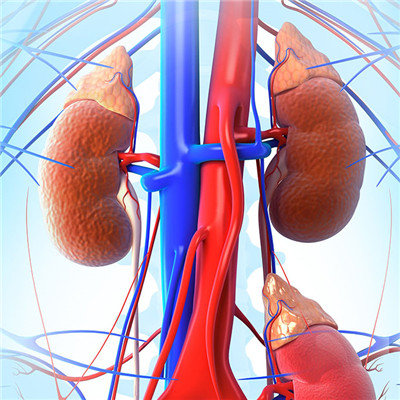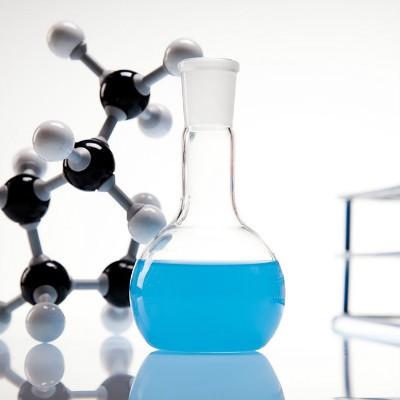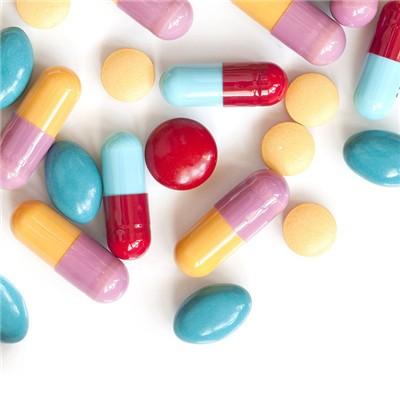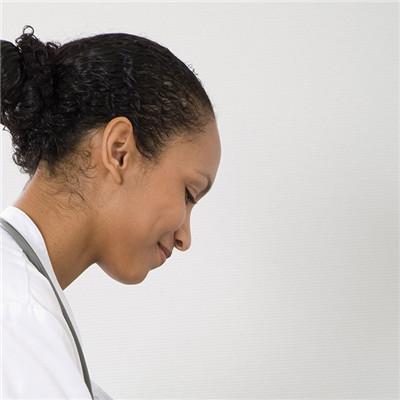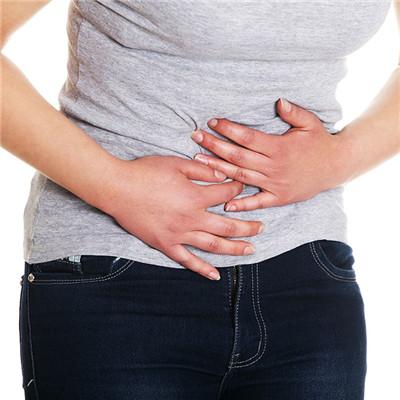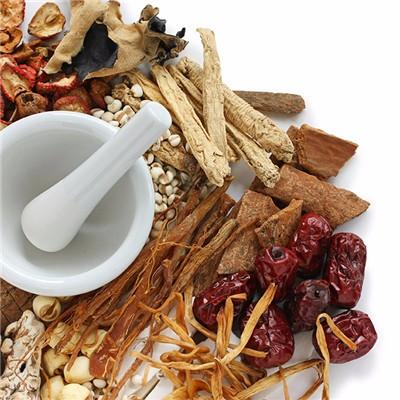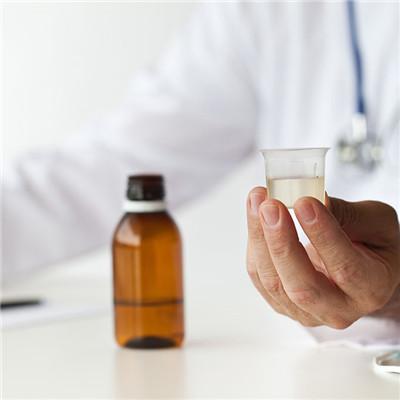How does pelvic inflammatory disease symptom treat?
summary
Pelvic inflammatory disease, also known as pelvic inflammation, refers to the female pelvic genital organs, connective tissue around the uterus and pelvic peritoneum inflammation. So, what symptom does pelvic inflammatory disease have? Pelvic inflammatory disease is generally divided into acute and chronic two categories, in which chronic pelvic inflammatory disease is the majority, and the physical condition of patients varies with the development of the disease. Once you find physical discomfort, it's best to see a doctor in time to find the disease as soon as possible.
How does pelvic inflammatory disease symptom treat?
1. Early symptoms of pelvic inflammatory disease early symptoms of acute pelvic inflammatory disease: women with acute pelvic inflammatory disease often have tenderness and rebound pain at the initial stage, accompanied by fast heart rate, fever, and a large number of purulent vaginal secretions. Severe condition can have high fever, headache, chills, loss of appetite, a large number of taste of yellow leucorrhea, abdominal distension, tenderness, waist pain, etc; Nausea, abdominal distension, vomiting, diarrhea, etc. occurred in peritonitis; When there is abscess formation, there may be lower abdominal mass and local compression stimulation symptoms. This mass located in the front may have dysuria, frequent urination, dysuria, etc; When the mass is located in the rear, it can cause diarrhea, irritability and difficulty in defecation. The initial symptoms of chronic pelvic inflammatory disease: in the initial stage of chronic pelvic inflammatory disease, most of the systemic symptoms are not obvious, mainly manifested as abdominal and lumbar distension pain, sometimes with anal distension discomfort. Often in tired, husband and wife life or defecation and menstruation before and after aggravation, can be accompanied by frequent urination, leucorrhea, abnormal menstruation, dysmenorrhea and infertility. When the body resistance drops, for example, the work is busy and tired, there will be acute attack.
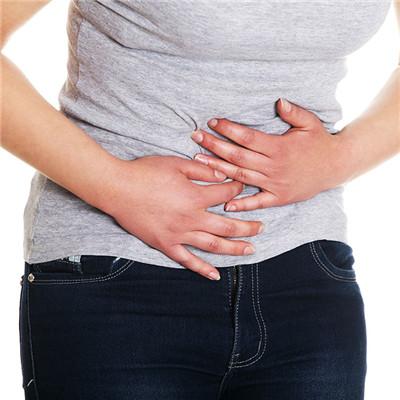
2. The typical symptoms of pelvic inflammatory disease are: (1) if it is adnexitis, you can feel thickened cords or pieces on one or both sides of the uterus, accompanied by mild tenderness. ② The symptoms of pelvic inflammatory disease are lower abdominal distension, pain and lumbosacral pain, sometimes accompanied by anal distension discomfort, often aggravated after fatigue, sexual intercourse and menstruation, which is caused by chronic inflammation scar adhesion and pelvic congestion
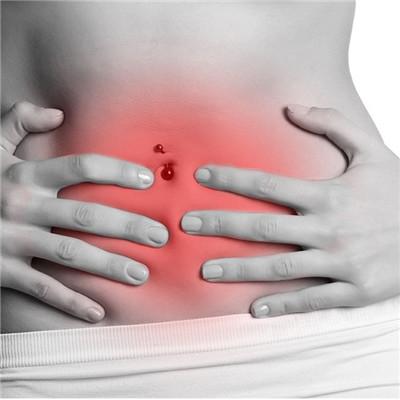
3. When it comes to how to treat pelvic inflammatory disease, drug treatment is the first thing many people think of. Indeed, the drug treatment of pelvic inflammatory disease has a good effect. Generally speaking, antibiotics are the main treatment for acute pelvic inflammatory disease, including intravenous infusion, intramuscular injection or oral administration. Spectrum antibiotics combined with anti anaerobic drugs should be used to treat pelvic inflammatory disease, but attention should be paid to the course of treatment. In addition, it can also be combined with traditional Chinese medicine in order to achieve better curative effect.
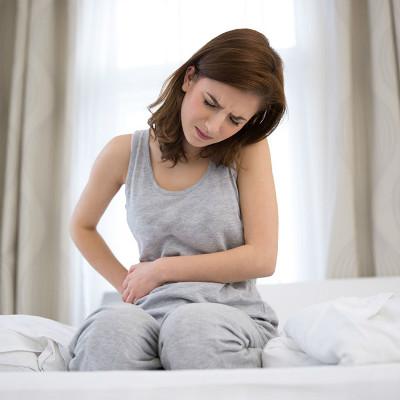
matters needing attention
Patients with pelvic inflammatory disease should stay away from warm tonic food, such as dog meat, mutton, goose, longan, red ginseng, antler glue, etc. Because some pelvic inflammatory disease is mostly hot, warm food like fuel on the fire, there will be yellow thick, bitter mouth, body heat and other phenomena. At the same time, we should also pay attention to avoid spicy food, such as coffee, pus tea, pepper, wine, because this kind of food can stimulate inflammatory lesions, promote local congestion, aggravate the disease.


